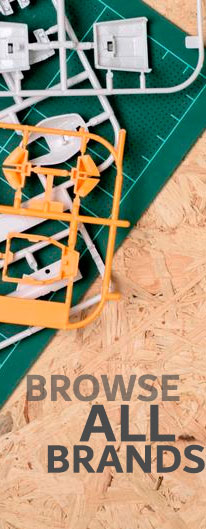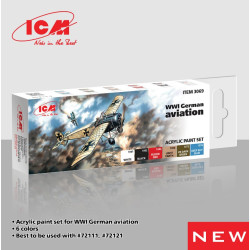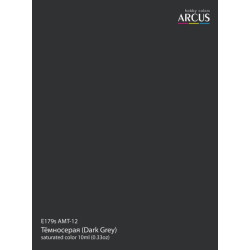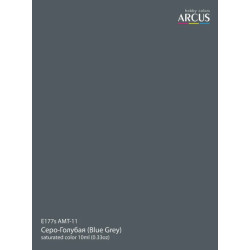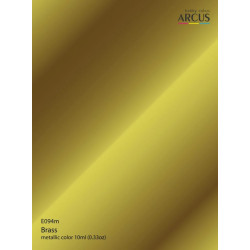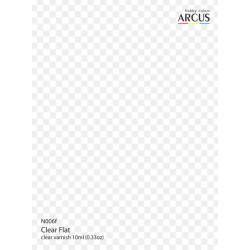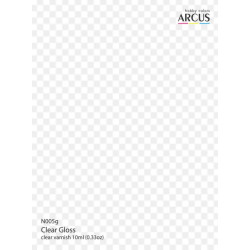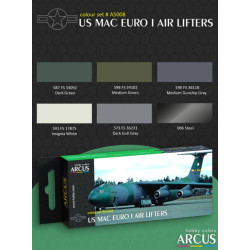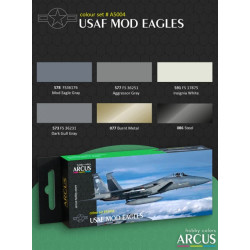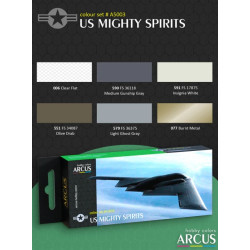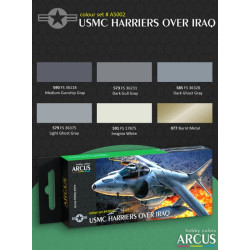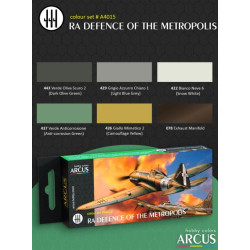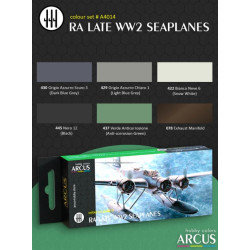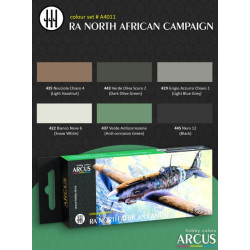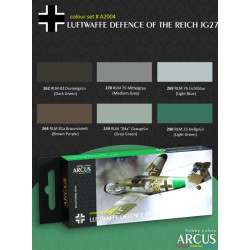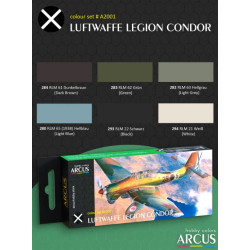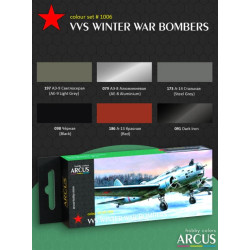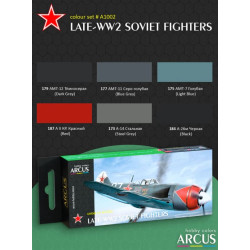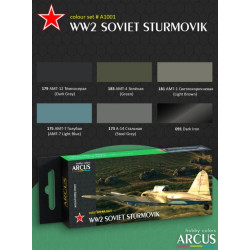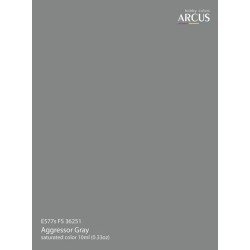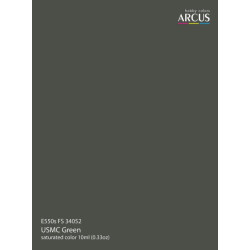Model painting is a fun and creative hobby that allows enthusiasts to bring their favorite aircraft model kits, figure model kits and diorama model kits to life with the help of vibrant colors and detail. Choosing the right paints for plastic model kits is an essential element of this craft, as it can considerably impact the finish result. When embarking on the interesting adventure of painting your plastic version kits, it is crucial to pick out the proper kind of paint to reap the best effects.
Acrylic paints are a famous paint for plastic models. They are renowned for their water-based total composition, which simplifies the cleanup technique. Unlike oil-based paints that require harsh solvents for cleanup, acrylics may be without difficulty washed from brushes, palettes, and fingers with undeniable water and mild soap. This type of paints exhibit adhesion to plastic surfaces, a key factor while painting plastic model kits. This robust bond guarantees that the paint adheres securely to the model, reducing the threat of peeling, chipping, or flaking over time. Proper surface preparation, which includes cleansing and priming, can enhance this adhesion.
Many manufacturers offer acrylic paint sets in particular designed for model kits, ensuring that you have entry to a wide array of colors, which includes metallics, mattes, and gloss finishes. This allows you to create realistic needs for diverse historical, fantasy, or sci-fi models.
Acrylics' quick drying nature facilitates layering and blending techniques. This lets you build up colors gradually, accomplishing subtle transitions or vibrant contrasts. Wet-on-wet blending and wet-on-dry layering can be achieved with acrylics, allowing for stunning visual effects and realistic gradients.
Of course, proper preparation and painting technique are critical to achieving a great end result for your plastic model. Before you even consider making use of paint to your model, it is important first of all, a clean canvas. Dust, dirt, and grease can restrict paint adhesion, resulting in an uneven finish. To clean your model kit: fill a basin with lukewarm water and add a few drops of mild detergent, lightly immerse the model parts into the soapy water, be careful not to break or damage the fragile parts, use a soft brush or toothbrush to clean. Use a tender brush or toothbrush to clean away dust, pay more interest to crevices and hard-to-attain regions, rinse the components thoroughly with smooth water to take away any soap residue.
The next step is to put together a well-lit and nicely-ventilated workspace with all the important tools and supplies within easy reach. This consists of your paints, brushes, palettes, water bins, and any extra instruments or substances you may want. Before diving into the painting procedure, ensure that you have selected the proper acrylic paint colorations for your model. Organize your shades according to the light-to-dark sequence to simplify the process.
Start of making use of the lightest colors first and step by step work your way up to the darker shades. A color wheel can be an invaluable tool for identifying harmonious color combinations and sequences for your model scheme. Note that thick coats can obscure details and may take longer to dry, increasing the risk of unevenness and paint bleeding. Thin coats allow for higher control anda more professional finish. Patience is important in model painting. Allow every layer to dry completely before applying the next. Using a hairdryer on a low, cool temperature putting can expedite the drying manner, but avoid heating the model.
After all painting and detailing are complete, allow your model to dry very well for numerous hours, or maybe overnight, this prolonged drying time ensures that the paints are firm and reduces the danger of smudging or damage.
Once the paint has dried, carefully reassemble the model kit, ensuring that all parts fit snugly and securely. Take it slow to keep away from accidentally detrimental the freshly painted surfaces. Choosing the proper plastic model paint, preparing your workspace, and applying careful techniques are all important steps in reaching professional and good effects.
Acrylic paints offer a host of advantages for plastic model paint, including ease of use, strong adhesion, color variety, versatility, quick drying times, and compatibility with various application techniques. Whether you're a newbie or a pro modeler, acrylic paints offer the benefits and flexibility needed to bring your plastic models to life with stunning accuracy and artistry.

